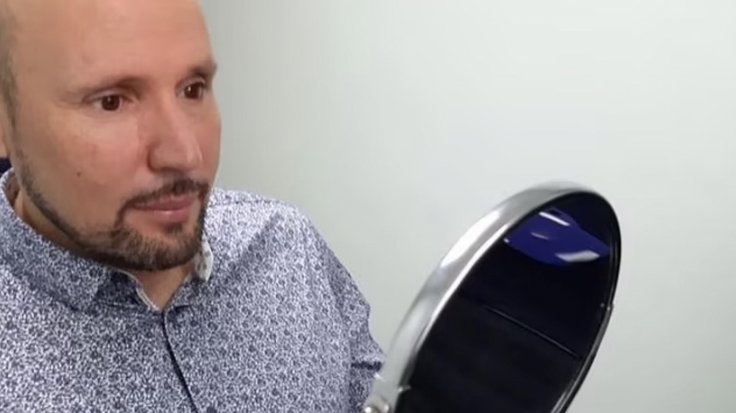Steve Verze, an engineer by profession from the UK, is the first person in the world to receive a 3D-printed prosthetic eyeball on Thursday at The NIHR Moorfields Eye Hospital in London. He lost one of his eyes when he was in his 20s. In earlier days, artificial body parts were designed and developed with the thought to experiment and see whether they could mirror the functional abilities of a human or not. Now that technology is becoming much more advanced than before, it has created myriad possibilities in 3D prosthetics.

"I've needed a prosthetic since I was 20, and I've always felt self-conscious about it. When I leave my home, I often take a second glance in the mirror, and I've not liked what I've seen. This new eye looks fantastic and, being based on 3D digital printing technology, it's only going to be better and better", said Steve in an interview with the NIHR Moorfields Biomedical Research Centre.
At present, the 3D state-of-art cutting-edge technology is used in duplicating veg steaks, animal meat, building homes for the derelicts in Texas, etc. These 3D prosthetic eyes are designed to fix the impossible and give back the lost vision to the people for any reason. Generally, producing a 3D prosthetic eye takes at least six weeks if done using a hand-printed approach. However, with the help of technology, the time frame is reduced by half.
The process of making 3D prosthetic eyes starts with scanning the person's crippled eye. After that, the 3D picture of the person's crippled eye is printed. They also take a quick scan followed by a print of the good eye to make sure that they are designing the exact look-alike. A 3D printer takes less than 2.5 hours to print the scanned eye models. Once the printing is done, the 3D-eye model is sent to an ocularist who creates and fixes the prosthetic eyes for finishing and polishing. At last, when the product is ready, they are sent to the respective hospital for implanting into the eye socket. The entire process concludes in 2-3 weeks max, which is also by far the quickest in contrast to the conventional approach.
Professor Mandeep Sagoo – clinical lead at Moorfields Eye Hospital for the trial of the new prosthetic eye and Professor of Ophthalmology and Ocular Oncology at UCL – said: "We are excited about the potential for this fully digital prosthetic eye. We hope the forthcoming clinical trial will provide us with robust evidence about the value of this new technology, showing what a difference it makes for patients. It clearly has the potential to reduce waiting lists."
Over the last few years, there has been a lot of metamorphosis in the 3D technology segment, as this zests hope in people worldwide. Withal, things are becoming much clearer than before, lifelike and picture-perfect. Not long ago, a team of researchers from Israel tested the tumours of brain cancer patients by using 3D technology to find out the potency for prospective treatments before inserting them inside the body of a person.









